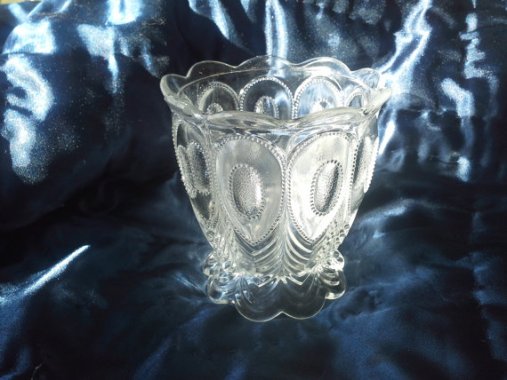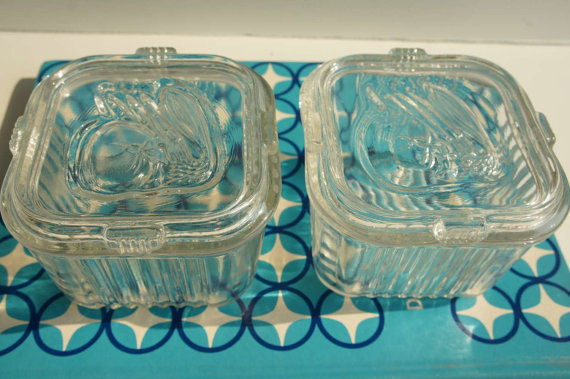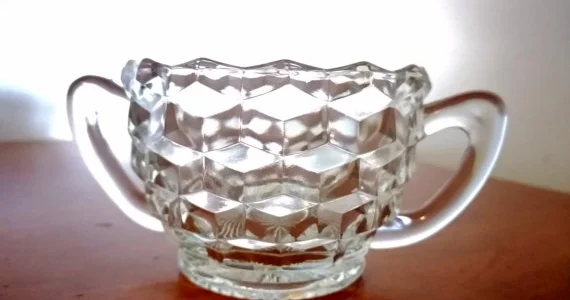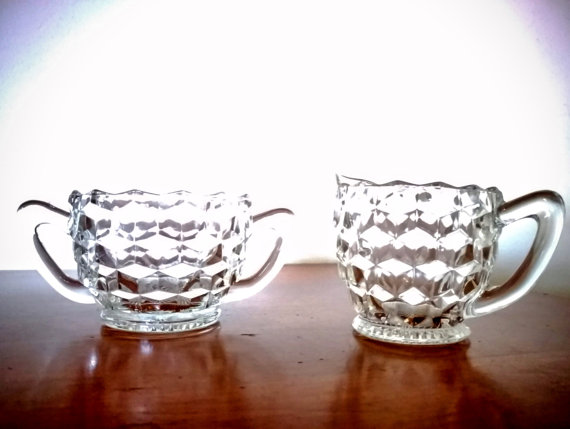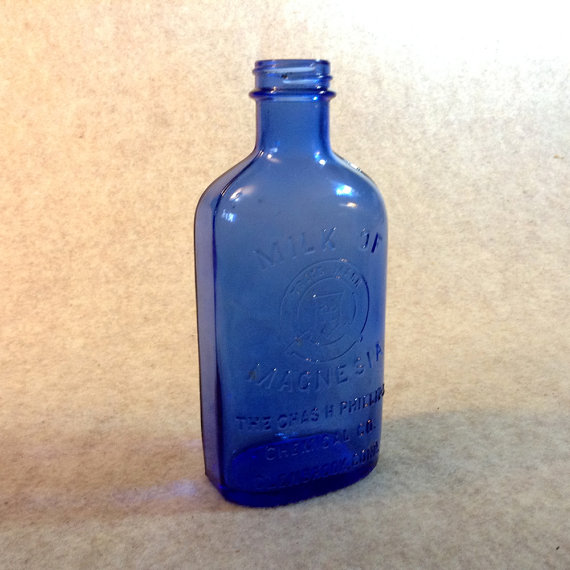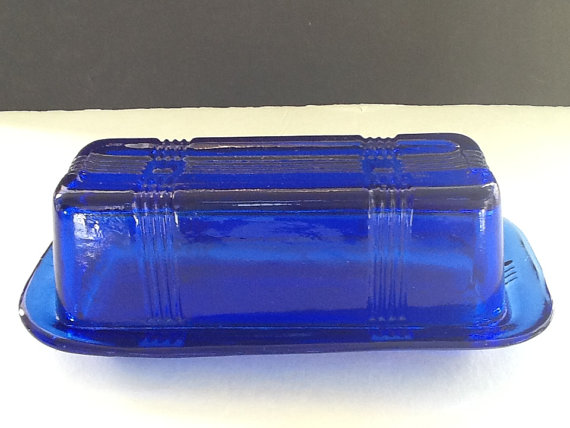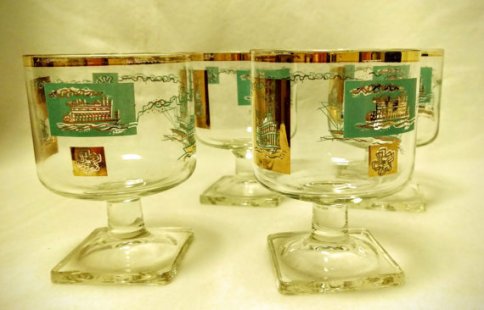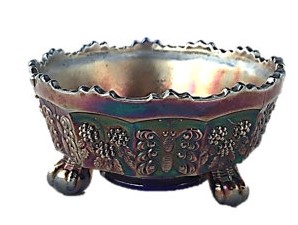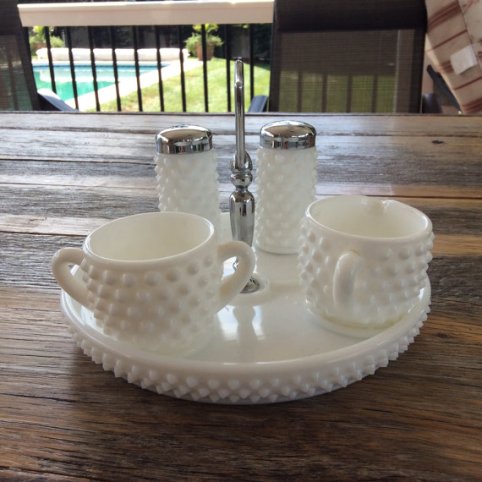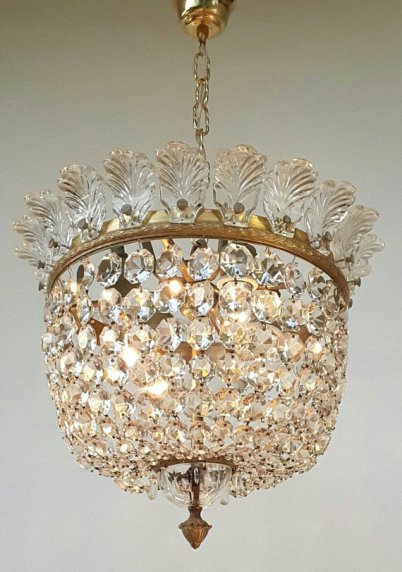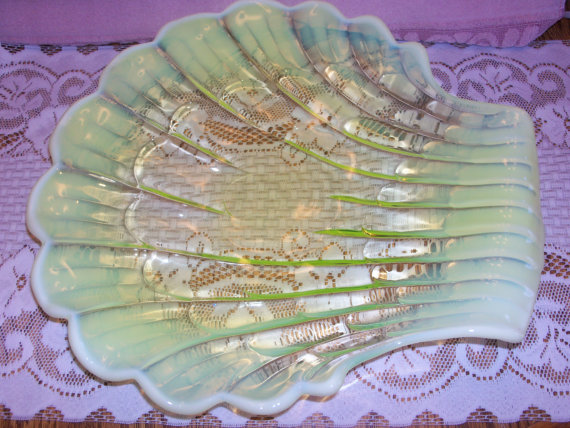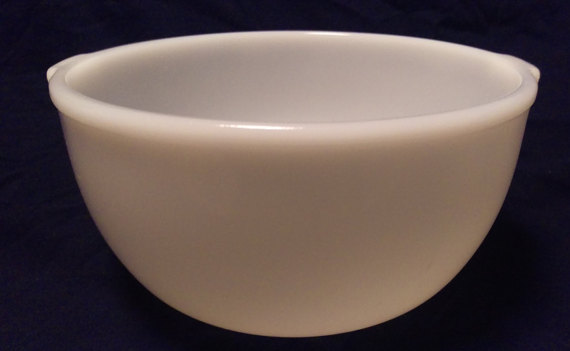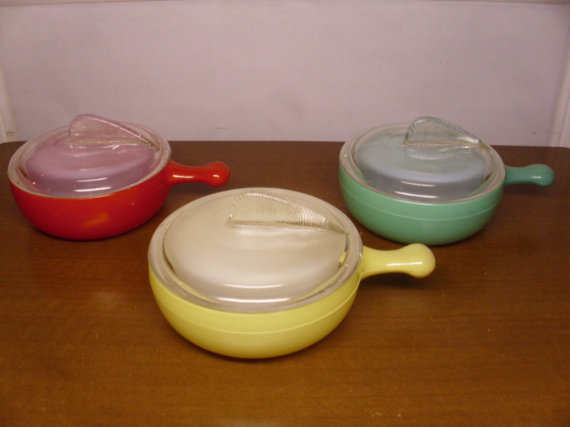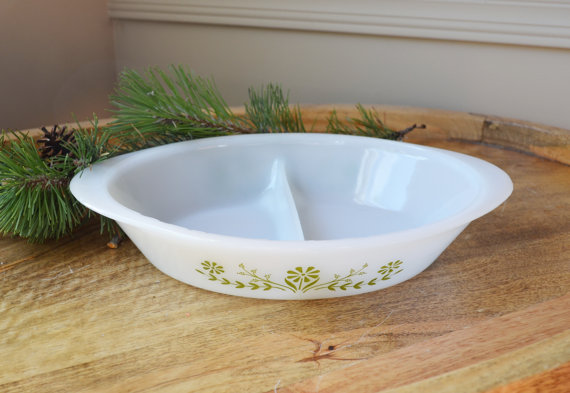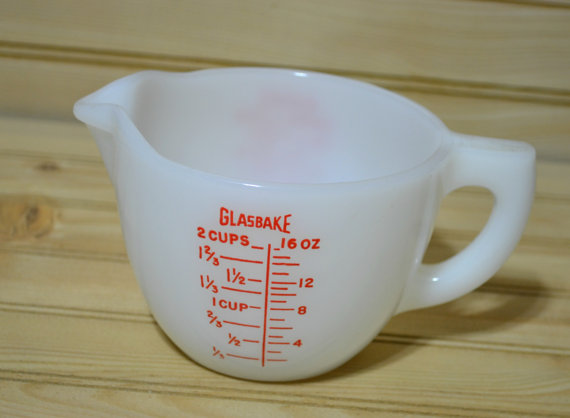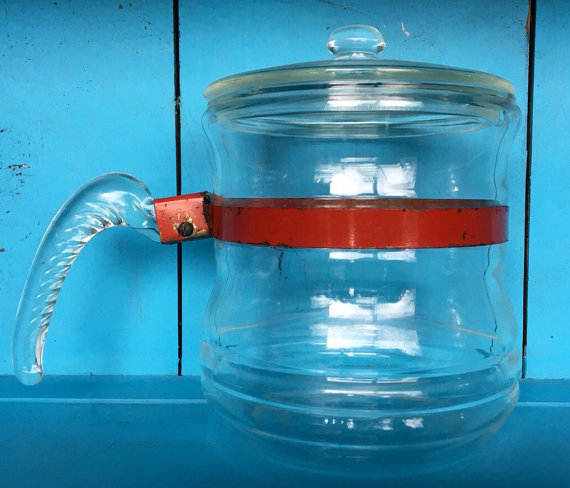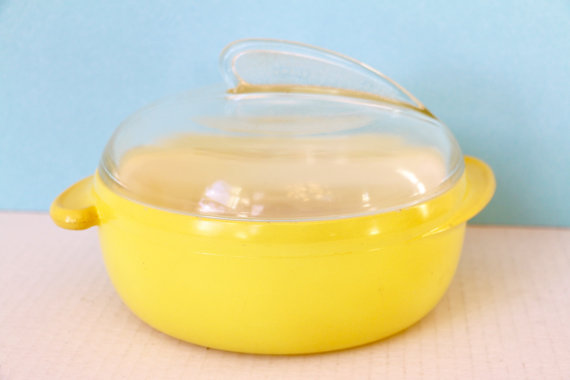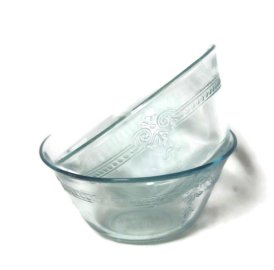I have been away for a bit from the blog due to a very hectic schedule over the last few months! In my other life, I am a Special Ed Teacher and as such, the last few months before school ends are rounds of grading papers, meetings, testing and taking advantage of the good weather if at all possible! But here we are, together again, and I’d like to touch on a company that we have probably all invited into our houses at one point or another.
Anchor Hocking. This company has been around more than a century in many different forms. We’ve all seen their stuff. I have a couple of their pieces in the shop currently. Like these ones.

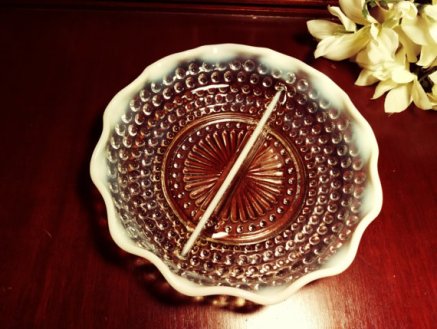
They originally started as the Hocking Company back in 1905 near the Hocking River — hence the name. At the time, according to the Anchor Hocking Museum website (AH), Isaac J. Collins and 6 of his friends had raised about $8,000 to buy Lancaster Carbon Company when they went into receivership. Even back then, though, $8k was not enough and they needed to bring on one more investor by the name of Mr. E.B. Good. He gave them another $17,000 which sealed the deal and Mr. Collins had himself a glass factory.

During their first year in business, with 50 employees, Hocking Glass Company sold about $20,000 worth of glassware. Not too shabby! As they expanded they began to sell some stock in the company.

They were going along pretty good until there was a huge fire which destroyed their main facility. How many times have we seen this played out with some of these early 20th century companies?! They worked it out, though because out of those ashes rose a new facility called Plant 1 — specifically designed to produce glassware. The one that burned down had originally been a carbon company when they bought the facility.

Hocking Glass began buying up some other companies such as the Lancaster Glass Company (Plant 2) and the Standard Glass Manufacturing Company. This was all during the 1920s. Just before the Great Depression hit, they developed a revolutionary machine that pressed glass automatically. It allowed them to make over 30 items per minute, whereas before they could only make 1 per minute.

Once that was perfected, they then created a machine with 15 molds that could turn out 90 pieces of glass per minute! That allowed them to lower their costs considerably. During the Depression they were able to sell tumblers “two for a nickel” and still stay in business.

In 1931 they purchased a 50% share of the General Glass Company which was in the process of acquiring Turner Glass Company of Winchester, Indiana. The information on the Anchor Hocking Museum website (AH) says that this merger is what ended up creating the Anchor Hocking name. What happened was that Hocking Glass and the companies it was now merged with developed the first one-way beer bottle. Before that, beer was sold in refillable bottles.

On December 31, 1937, Anchor Cap and Closure and all its subsidiaries merged with Hocking Glass. They had closure plants all over the Eastern seaboard and in Canada. They also had glass container plants in New Jersey and Pennsylvania. This led the now Anchor-Hocking Glass Company into glassware, containers and then into tableware, toiletries, cosmetic containers, and more.

They continued to expand through the next decades. In 1969 they dropped the “Glass” part of their name because they were so far beyond just producing glass. Actually during the prior year, 1968, they had entered the plastics market after their acquisition of Plastics Incorporated.
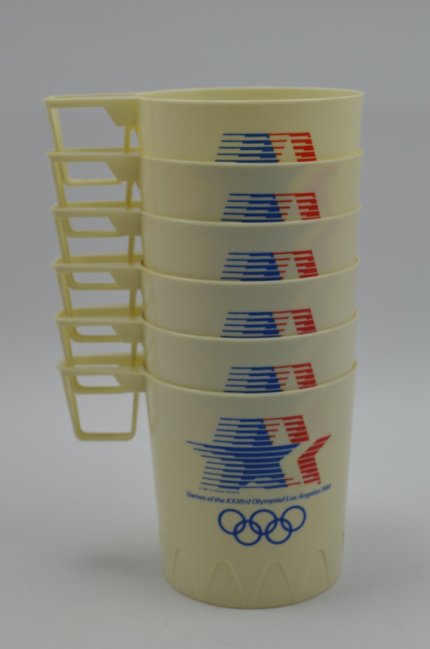
In 1970 they purchased Phoenix Glass Company in Pennsylvania and entered the lighting field. They also bought Taylor, Smith & Taylor putting them squarely into the earthenware, fine stoneware, and institutional china dinnerware business.

Over the years they have bought and sold different divisions. You can go to the Anchor Hocking Museum website (AH) for a very detailed listing of all the subsidiaries and divisions that have been acquired, merged, or sold. The list gets complicated. In 2006 Anchor-Hocking filed for Chapter 11 bankruptcy protection due to heavier than expected losses. They were bought by Oneida which in turn was acquired by EverywhereWare, Inc. So they are still in business under the Anchor-Hocking name.

They apparently only used 3 marks during their production years. There is a mark that has an “HG” over “Co.” which was used from 1905 to 1937. The anchor with an H in the middle used from 1937 to 1968. Finally, the anchor inside a square used from 1968 until now.

It is amazing how intertwined so many of these companies became. It is like trying to unravel a knotted ball of yarn; they start out simple and then it’s almost impossible to separate one from the other. It’s all interesting though!
I hope you have enjoyed this week’s post. Please join me at the link parties on the right — lots of wonderful blogs — and have a great week!!






